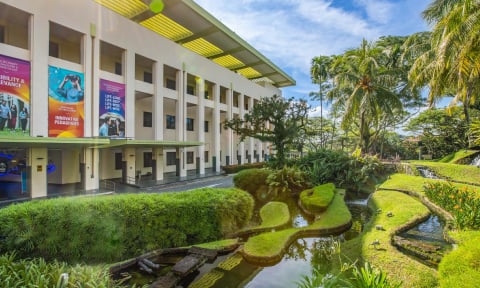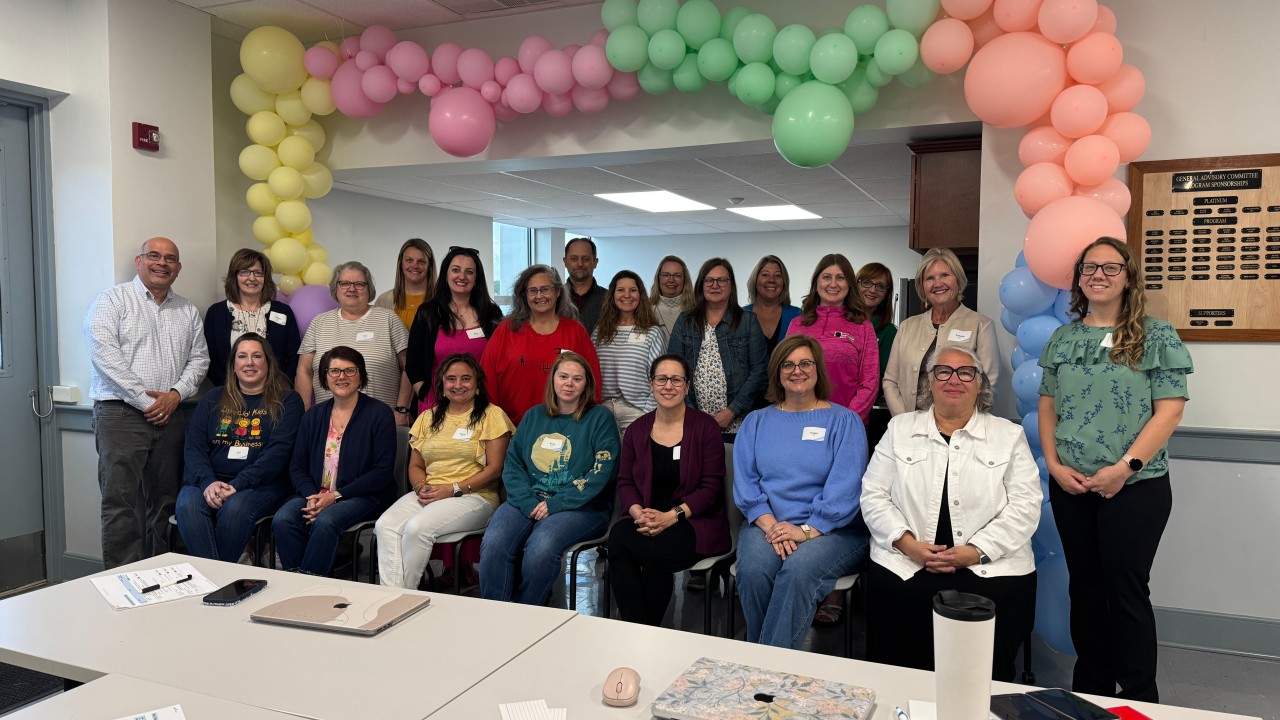
By Bob Rothman
“Welcome to the heart of teacher education,” reads a sign at the entrance to the National Institute of Education (NIE) in Singapore. Located on the campus of Nanyang Technical University, NIE is a research institution that is the sole provider of teacher preparation in the country. It also provides extensive leadership-training programs and a host of professional development and continuing education offerings for teachers. And it conducts world-class research on instruction and learning.
The word “heart” in its motto is well-chosen. Not only is NIE at the center of teacher education in Singapore; heart is at the center of its mission and approach. The framework for teacher education focuses on values—the values of teaching, the values of teachers’ identity as teachers, and the values of the teaching community.
Over its relatively brief history, NIE has developed one of the strongest educator corps in the world. Singapore, with 5 million people, the size of Alabama or Colorado, is one of the world leaders in education performance, and the capability of its teachers and leaders is a major reason for that success. It is a key component of educator quality in Singapore.
NIE
NIE began as the Teachers’ Training College in 1950. In 1991, NIE became one of the schools housed within Nanyang Technological University (NTU), which is one of Singapore’s four research universities.
The move to the university was the result of recommendations of a committee formed in 1989 to study the state of teacher education in Singapore. At the time, teachers had been trained by the Institute of Education (IE), the successor to the Teachers’ Training College, and the College of Physical Education (CPE). The committee had expressed concern about the quantity and quality of primary school teachers, and proposed merging the IE and the CPE, creating a single institution to prepare all teachers, and housing it in a research university. Such a move, the committee reasoned, would raise standards for the profession, provide a greater range of post-graduate offerings, and strengthen research on teaching.
Since 1998, NIE has trained about 2,000 candidates for initial teacher education each year. However, because Singapore achieved its target teaching force of about 33,000 teachers in 2012 and the system has a low teacher attrition rate of around 3 percent, preservice cohorts at NIE have recently been reduced to about the annual replacement rate of between 1,100-1,500 candidates.
NIE also provides professional development and graduate-level education for about 11,000 educators each year.
Unlike universities in the United States, which place a high premium on academic freedom, NIE sees itself as a partner to the Ministry of Education (MOE) and the schools. The Institute works closely with the MOE to develop a program that will prepare teachers to teach the national curriculum and it works closely with educators to develop its professional development offerings and a research agenda that will advance their needs.
“There is an alignment of purposes between schools, MOE, and NIE,” said Tan Oon Seng, NIE’s director. “There is a lot of conversation and we always come to consensus. If something is to be done, let’s do it together.”
NIE’s commitment to schools is reflected in its faculty. Some 85 percent of the faculty are former teachers, and it requires new faculty members to spend a total of two weeks in two schools at the outset of their tenure, to understand the needs of teachers and principals.
Initial Teacher Preparation
The purpose of initial teacher preparation at NIE is just that: to prepare students so that they will be highly effective teachers on the day they enter classrooms and become responsible for student learning. To that end, the program focuses squarely on pedagogy and learning. It draws individuals who are committed to students and provides them with content and experiences that will equip them with the knowledge, skills and dispositions they need.
“We want to ensure that this program prepares them to be the best teaching professionals,” said Tan. “What happens in the classroom is emphasized—there is not much on the philosophy or sociology of education. We focus on the pedagogical aspects. You are first a teacher of learners. All assignments have to be classroom-based.”
The program has traditionally drawn from the top third of high school graduates, and has become even more selective in recent years. The curriculum of the four-year undergraduate teacher-education program is rigorous. All students major in a content area and receive either a Bachelor of Arts (ED) or a Bachelor of Science (ED). The curriculum includes coursework, extensive field experience, and service learning.
NIE also provides candidates with opportunities to learn and work overseas. Candidates can take part in a student-exchange program, in which candidates spend a semester studying and conducting research in one of about a dozen partner universities around the world (including the University of Illinois and the University of California, Santa Barbara); an international practicum, in which they spend five weeks teaching in schools in another country; or an overseas service learning project.
The goal of the international exposure is to broaden the prospective teachers’ perspectives, said Tan, NIE’s director. “If you teach in another system, the way you look at things is very different,” he said. “We all grow up in our own system. That can hinder you from thinking in different ways.”
NIE also plays a lead role in developing school leaders and in supporting teachers as they move up Singapore’s well-developed career ladder. Teachers are entitled to 100 hours of professional learning each year, and most take additional courses at NIE to enhance their skills in order to take on more responsibilities and earn higher pay on the career ladder.
A Unique Institution
As an institute in a research university—which is ranked 13th in the world by QS, an international firm that annually ranks universities—NIE has a robust research program. The research budget has grown considerably over the past 15 years, from S$48 million (USD $34.4 million) in 2002 to S$111.58 million (USD $79.9 million) in 2017. And with that growth has been a shift in the focus of the research, from an examination of what is happening in schools to the development and testing of research-based interventions to improve student learning.
In keeping with its mission to support Singapore schools, NIE’s research agenda focuses on pedagogy and the learning sciences, said Tan. “There’s hardly any research on social justice,” he said, referring to a fertile area of research in U.S. schools of education.
To Americans accustomed to research universities that stand apart from the day-to-day challenges of schools, NIE appears to be an unusual institution. Its mission is clear: to support Singapore schools by preparing teachers to teach the national curriculum, preparing future school leaders, providing ongoing professional learning, and conducting research that will lead to improvements in practice.
Judging by the results—Singapore’s performance on international assessments—NIE has been enormously successful. But the Institute is not resting on its laurels. It is increasing its efforts to share its research findings and preparation programs throughout the island.
“We should have presence in almost every school,” said Tan. “We should let them know what is happening in NIE.”




